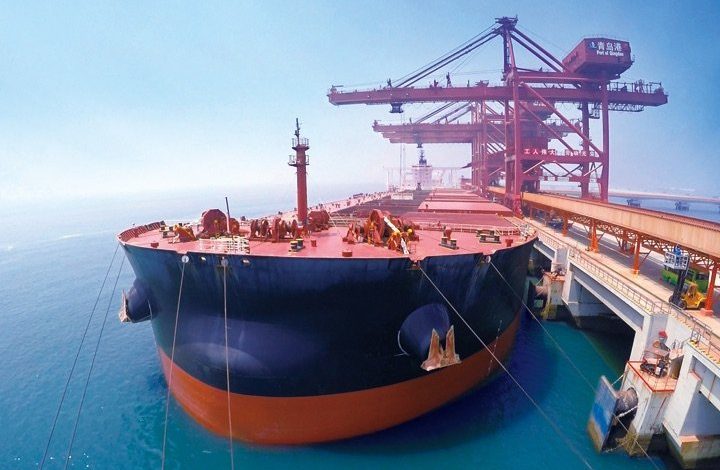Chinese imports heading for 50% market share of the dry bulk market

BIMCO has crunched the numbers for dry bulk movements over the past 12 months to highlight China’s dominant position. Overall, total tonnes transported by the dry bulk shipping industry fell by 1.3% to 5.49bn tonnes, from 5.56bn in 2019, which is however still higher than the 5.46bn tonnes shipped in 2018.
Chinese imports now account for 48.5% of the market, leading to a year-on-year growth in tonne miles
In many ways following the narrative of the pandemic year, there is a split between China and the rest of the world. Splitting up the two in terms of dry bulk trade, China grew strongly last year, with volumes rising by 95.3m tonnes (+5.2%). Amongst other things, Chinese imports of iron ore and soya beans rose by 7.1% and 12% respectively.
The strong growth in Chinese imports has however not been enough to make up for the fall in imports by the rest of the world when measured in tonnes. Here, demand fell by 4.5%, amounting to 167.7m tonnes, overshadowing the growth in China.
”We expect 2021 to be a record breaking year for the dry bulk industry both in terms of tonnes and tonne miles, with demand growth likely outpacing that of supply. However, this will not solve the overcapacity issue that has long plagued the dry bulk market and is an obstacle that will not disappear just because a new year has started or a vaccine has been found,” commented Peter Sand, BIMCO’s chief shipping analyst.
